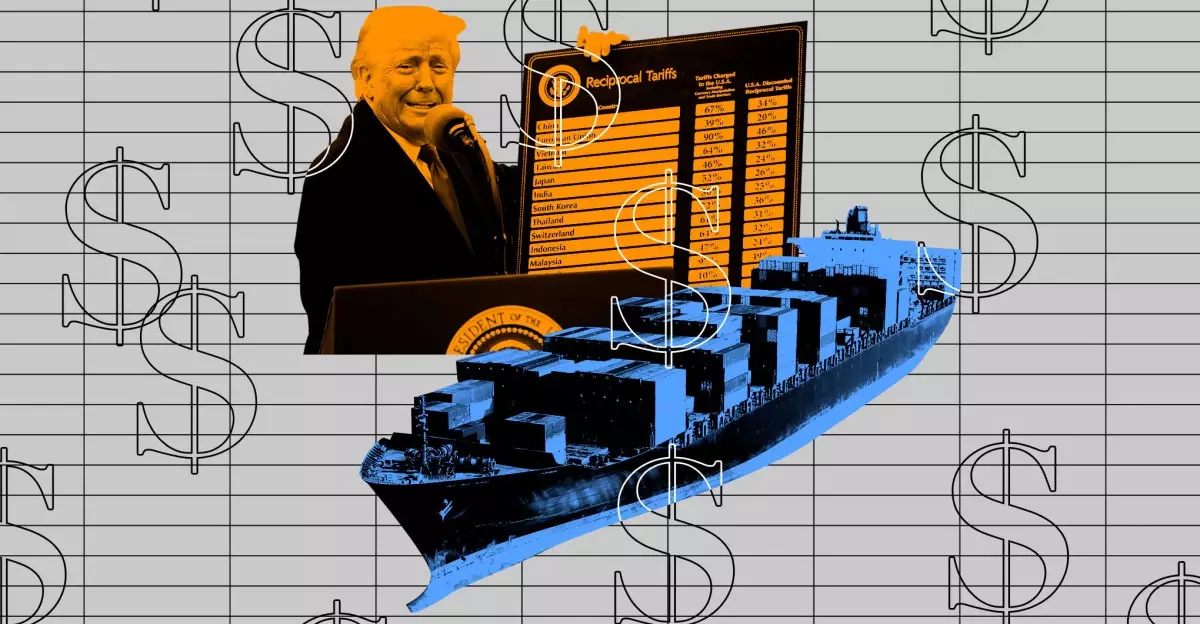In a surprising yet strategic move, U.S. Customs and Border Protection (CBP) has announced exemptions for a variety of consumer technology imports, effectively reshaping the playing field for tech companies and consumers alike. This decision comes on the heels of heightened tariffs initiated under the previous administration, aiming to influence trade dynamics with notable exporters like China. The exemptions cover critical items such as smartphones, laptops, and vital electronic components, a move that could significantly alleviate the economic burden on both retailers and consumers.
The updated guidelines reflect a discernible shift from the aggressive tariff imposition that characterized the initial strategy. While previous tariffs introduced a staggering 125 percent additional charge on Chinese goods, the current allowances suggest a more nuanced approach focused on maintaining competitive pricing for essential consumer tech products. This article provides an insight into the implications of these new exemptions for businesses, consumers, and the tech landscape as a whole.
Unpacking the Exemptions: What’s Included?
According to the latest guidance from CBP, popular tech products—including smartphones, laptops, and memory chips—are now exempt from certain tariffs initially established by the administration. Notably, the latest exemptions offer relief not just from the alarming 125 percent surcharge but also the 10 percent global tariff imposed on various goods from jurisdictions outside of the U.S. Furthermore, necessary machinery utilized for semiconductor manufacturing isn’t excluded from this reprieve, highlighting a strategic focus on bolstering domestic tech production.
However, it’s crucial to note that the exemptions are not all-encompassing. Products still fall under existing duties, including those intended to pressure China on illicit drug manufacturing or fit within the framework of previous tariff categories. Therefore, while the reaction from U.S. importers may initially appear overwhelmingly positive, businesses must navigate this complex terrain to fully understand their cost structure and pricing strategies in the wake of these changes.
Impacts on Consumers and Tech Businesses
These exemptions appear to be a welcome relief for consumers who have suffered inflated prices for tech products during the ongoing trade conflicts. Many retailers demonstrated a hesitance to adjust prices directly, yet reports indicate that the higher tariffs were already being reflected in the pricing strategies of giants like Sony and OnePlus. Sony, for instance, seemingly increased its TV prices, while OnePlus hiked up smartwatch costs without transparency.
With the newly announced exemptions, consumers might expect a potential stabilization of prices—or at the very least, a moderation of price hikes that have become standard over the past year. The enforced pause on tariff escalations further provides a breathing space for companies grappling with fluctuating costs and supply chains. It instills a level of unpredictability; businesses may finally be able to re-evaluate their pricing strategies without the looming threat of immediate tariff hikes.
The Trade Landscape: What Lies Ahead?
Despite the positive implications of the exemptions, the larger narrative surrounding U.S.-China trade relations remains fraught with uncertainty. The intricate web of tariffs allows for a complex dance between pricing, supply chains, and international relations. While U.S. firms may feel a sense of relief today, they must remain vigilant and adaptable to the changes that might arise in the ongoing trade negotiations.
Moreover, with recent indications of a temporary pause on escalating tariff rates, there’s potential for a reevaluation of the U.S. trade stance toward China and other important markets. The tech world is experiencing rapid innovations, and fostering competitive pricing will be crucial for U.S. companies aiming to keep pace with global counterparts.
As this narrative unfolds, the consumer tech sector remains a crucial battleground for economic growth, consumer trust, and evolving international policies. The latest exemptions from tariffs offer a glimpse of hope, but businesses and consumers alike need to be mindful of the enacted measures’ fragility amidst the unpredictable landscape of global trade. Emphasizing sustainability and collaboration over conflict will be key to steering the industry toward a promising future.

